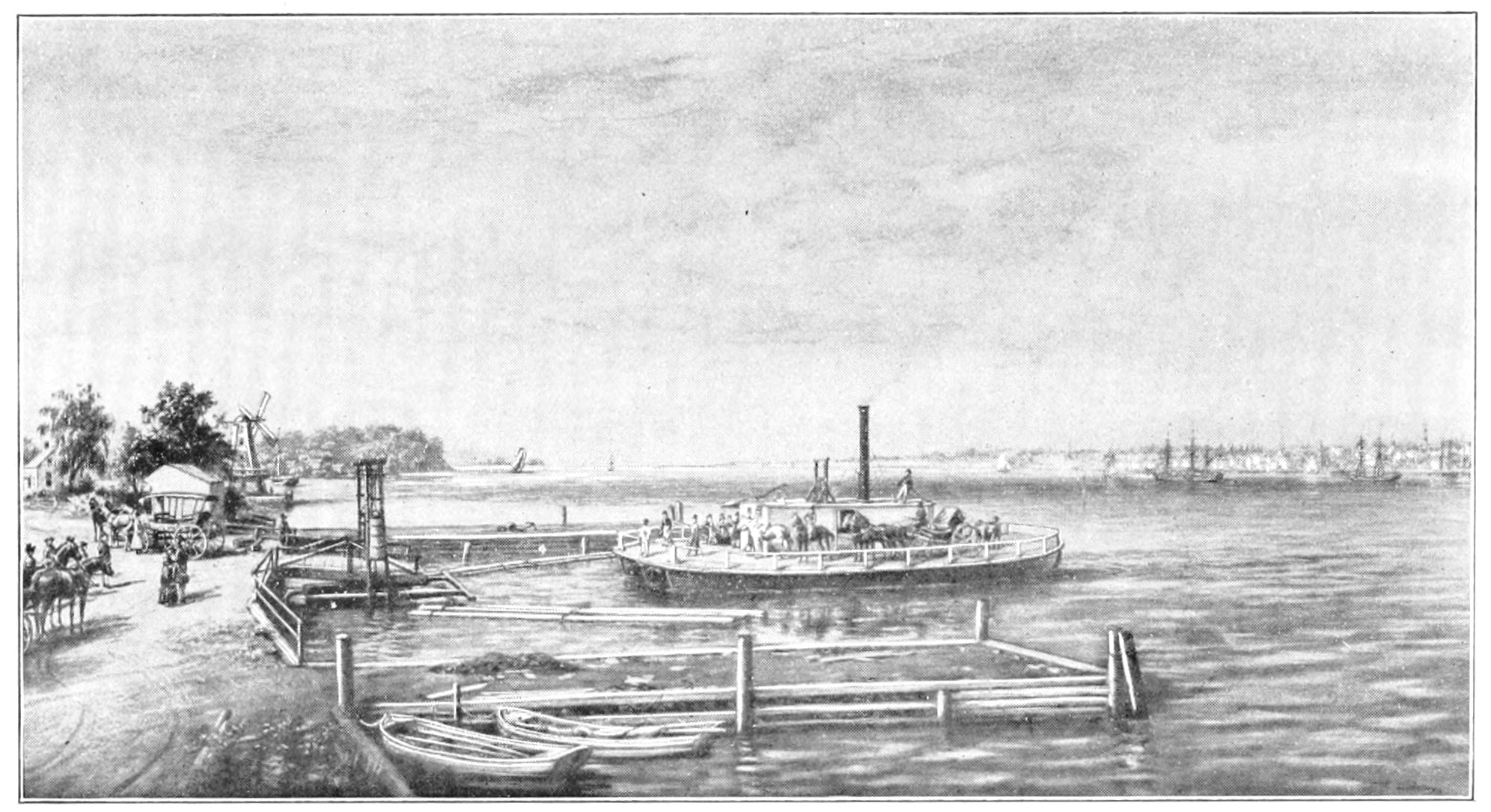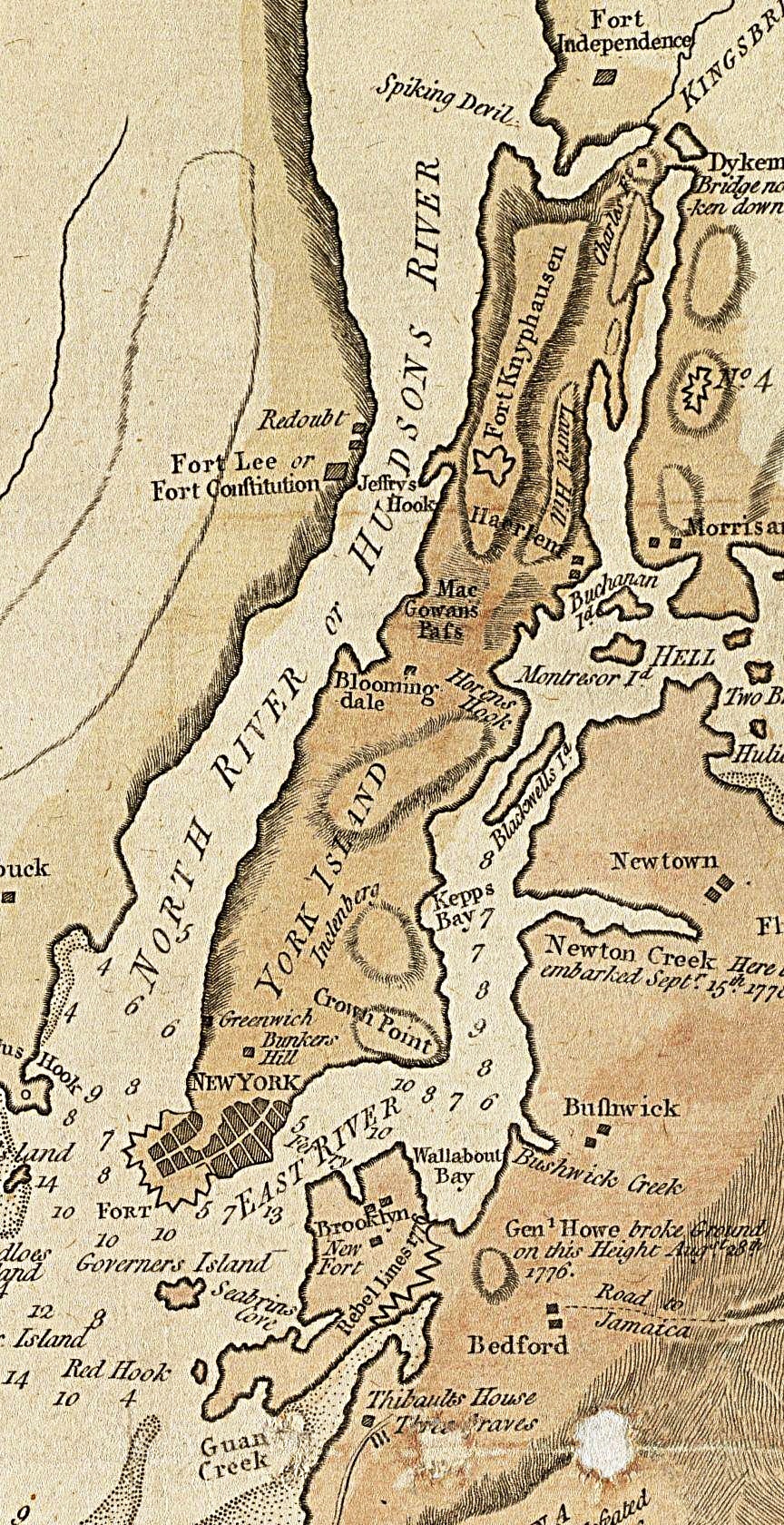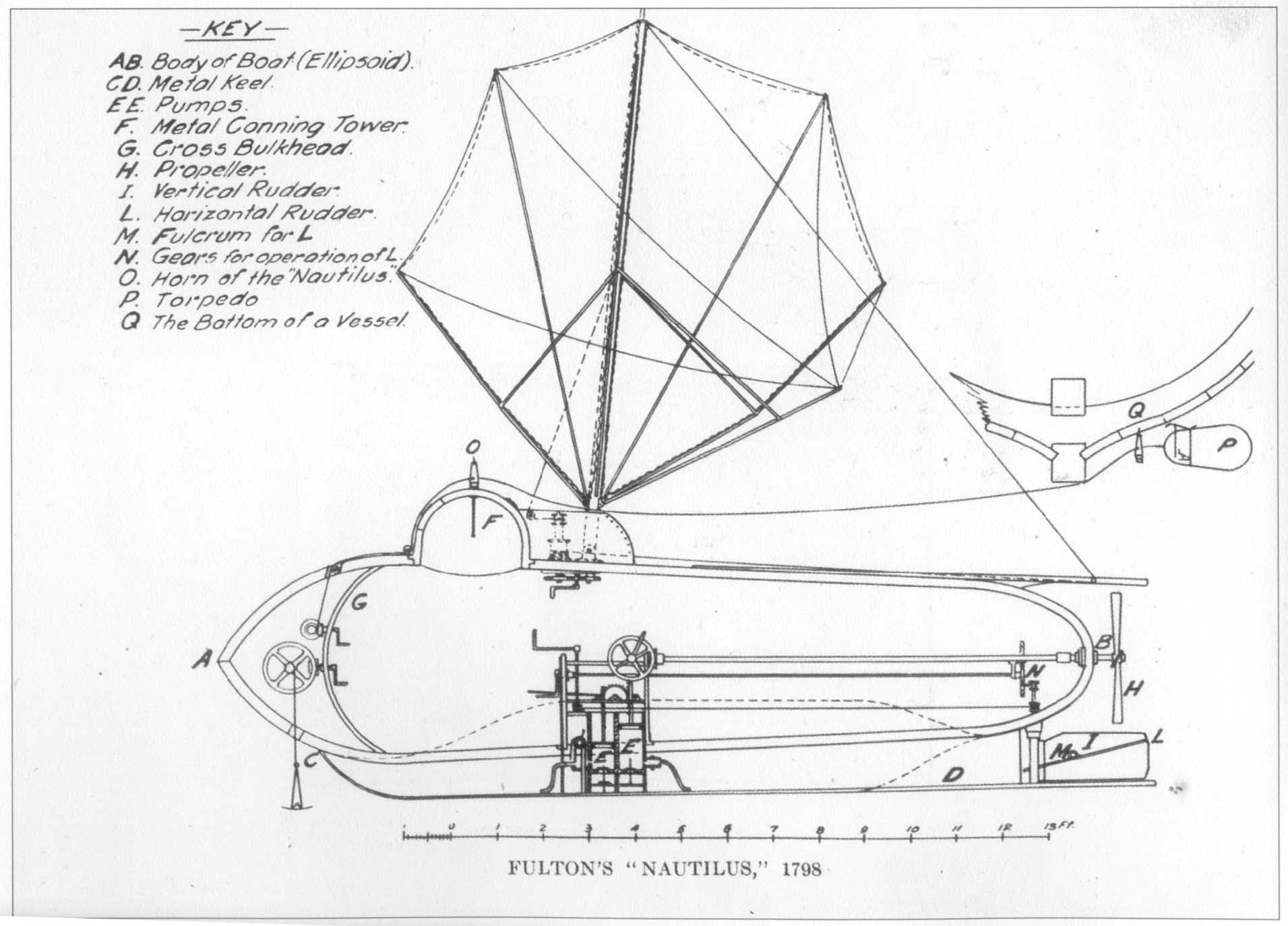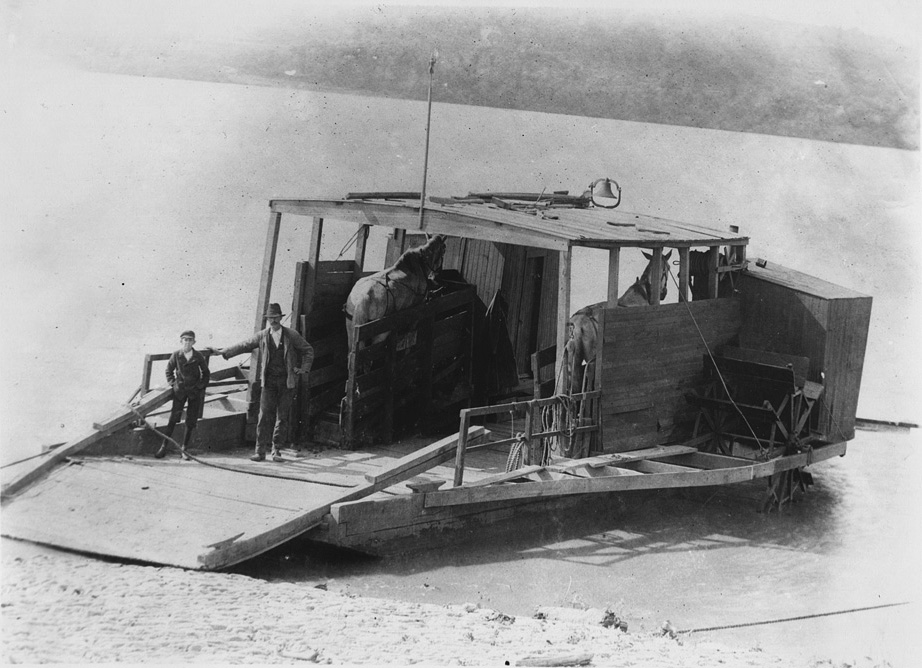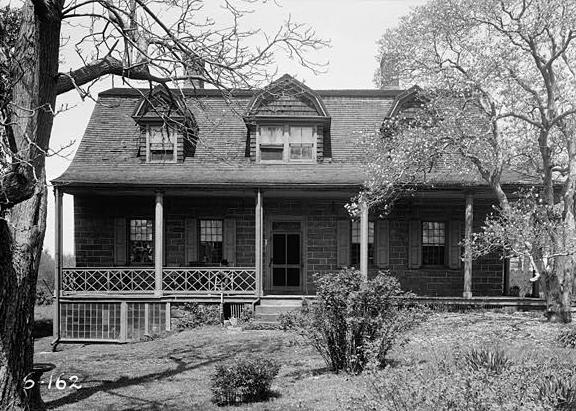|
Hoboken Ferry
The following ferries once crossed the North River (Hudson River) between New York City and New Jersey. There was no ferry service between 1967 and 1989, when it was restarted by New York Waterway. Row and Sail Horse ferries Team boats served New York City for "about ten years, from 1814-1824. They were of eight horse-power and crossed the rivers in from twelve to twenty minutes." In 1812, two steam boats designed by Robert Fulton were placed in use in New York, for the Paulus Hook Ferry from the foot of Cortlandt Street, and on the Hoboken Ferry from the foot of Barclay Street. The ''Juliana'', running from Barclay Street, was withdrawn from service, as announced, in favor of the "more convenient" horse boat. It is almost certain, however, that this retrograde step was taken because of the monopoly enjoyed by Mssrs. Fulton and Livingston for the navigation of the waters of New York State by steam. Steam See also *List of ferries across the East River *List of fi ... [...More Info...] [...Related Items...] OR: [Wikipedia] [Google] [Baidu] |
North River (Hudson River)
North River is an alternative name for the southernmost portion of the Hudson River in the vicinity of New York City and Gateway Region, northeastern New Jersey in the United States. The entire watercourse was known as the North River by the Dutch in the early seventeenth century; the term fell out of general use for most of the river's 300+ mile course during the early 1900s. The name remains in limited use among local mariners and others and on some nautical charts and maps. The term is also used for infrastructure on and under the river, such as the North River piers, North River Tunnels, and the North River Wastewater Treatment Plant. At different times "North River" has referred to: * the entire Hudson * the approximate 160-mile portion of the Hudson below its confluence with the Mohawk River, which is under Tide, tidal influence * the portion of it running between Manhattan and New Jersey * the length flowing between Lower Manhattan and Hudson County, New Jersey. Its his ... [...More Info...] [...Related Items...] OR: [Wikipedia] [Google] [Baidu] |
Weehawken Ferry
Weehawken Terminal was the waterfront intermodal terminal on the North River (Hudson River) in Weehawken, New Jersey for the New York Central Railroad's West Shore Railroad division, whose route traveled along the west shore of the Hudson River. It opened in 1884 and closed in 1959. The complex contained five ferry slips, sixteen passenger train tracks, car float facilities, and extensive yards. The facility was also used by the New York, Ontario and Western Railway. The terminal was one of five passenger railroad terminals that lined the Hudson Waterfront during the 19th and 20th centuries; the others were located at Hoboken, Pavonia, Exchange Place and Communipaw, with Hoboken being the only one still in use. Today, the site is the location of Weehawken Port Imperial, an inter-modal transit hub used by New Jersey Transit buses, the Hudson Bergen Light Rail and New York Waterway. Weehawken Ferry A patent for a ferry route from Weehawken to Manhattan was first granted by ... [...More Info...] [...Related Items...] OR: [Wikipedia] [Google] [Baidu] |
Robert Fulton
Robert Fulton (November 14, 1765 – February 24, 1815) was an American engineer and inventor who is widely credited with developing the world's first commercially successful steamboat, the (also known as ''Clermont''). In 1807, that steamboat traveled on the Hudson River with passengers from New York City to Albany and back again, a round trip of , in 62 hours. The success of his steamboat changed river traffic and trade on major American rivers. In 1800, Fulton had been commissioned by Napoleon Bonaparte, leader of France, to attempt to design a submarine; he produced , the first practical submarine in history. Fulton is also credited with inventing some of the world's earliest naval torpedoes for use by the Royal Navy.Best, Nicholas (2005). ''Trafalgar: The Untold Story of the Greatest Sea Battle in History''. London: Phoenix. . Fulton became interested in steam engines and the idea of steamboats in 1777 when he was around age 12 and visited state delegate William Henry o ... [...More Info...] [...Related Items...] OR: [Wikipedia] [Google] [Baidu] |
New York City
New York, often called New York City or NYC, is the List of United States cities by population, most populous city in the United States. With a 2020 population of 8,804,190 distributed over , New York City is also the List of United States cities by population density, most densely populated major city in the United States, and is more than twice as populous as second-place Los Angeles. New York City lies at the southern tip of New York (state), New York State, and constitutes the geographical and demographic center of both the Northeast megalopolis and the New York metropolitan area, the largest metropolitan area in the world by urban area, urban landmass. With over 20.1 million people in its metropolitan statistical area and 23.5 million in its combined statistical area as of 2020, New York is one of the world's most populous Megacity, megacities, and over 58 million people live within of the city. New York City is a global city, global Culture of New ... [...More Info...] [...Related Items...] OR: [Wikipedia] [Google] [Baidu] |
Team Boat
A team boat, horse boat, or horse ferry, is a watercraft powered by horses or mules, generally using a treadmill, which serves as a horse engine. Team boats were popular as ferries in the United States from the mid-1810s to the 1850s. Types The first documented horse-powered boat in the United States was built on the Delaware River in 1791 by John Fitch. There are three types of team boats. In one, four or five horses are placed in each side of the boat in a circular treadwheel, and the paddle wheels, arranged like the side wheel steamboat of later days were turned by means of cogs and gearing connected with other cogs on the shaft of the paddle wheels. The horses were hitched to strong timbers and by a forward movement of the feet caused the treadwheel upon which they stood to revolve and thus operate the gear wheels. Another type of team boat uses a "horse whim," a type of horse mill. It has a large revolving wheel in the middle, and a center post known as a "whim" (or ho ... [...More Info...] [...Related Items...] OR: [Wikipedia] [Google] [Baidu] |
Englewood, New Jersey
Englewood is a city in Bergen County, in the U.S. state of New Jersey, which at the 2020 United States census had a population of 29,308. Englewood was incorporated as a city by an act of the New Jersey Legislature on March 17, 1899, from portions of Ridgefield Township and the remaining portions of Englewood Township.Snyder, John P''The Story of New Jersey's Civil Boundaries: 1606-1968'' Bureau of Geology and Topography; Trenton, New Jersey; 1969. p. 77. Accessed February 14, 2012. History Origin of name Englewood Township, the city's predecessor, is believed to have been named in 1859 for the Engle family. The community had been called the "English Neighborhood", as the first primarily English-speaking settlement on the New Jersey side of the Hudson River after New Netherland was annexed by England in 1664, though other sources mention the Engle family and the heavily forested areas of the community as the derivation of the name. Other sources indicate that the name is de ... [...More Info...] [...Related Items...] OR: [Wikipedia] [Google] [Baidu] |
Dyckman Street
Dyckman Street ( ), occasionally called West 200th Street, is a street in the Inwood neighborhood of Manhattan, New York City. It is commonly considered to be a crosstown street because it runs from the Hudson River to the Harlem River and intersects Broadway. However, in its true geographical orientation, Dyckman Street runs roughly from north-northwest to south-southeast, and the majority of the street that lies southeast of Broadway runs closer to a north-south direction than east-west. It is located where West 200th Street would be: the sequence of numbered Manhattan streets in this neighborhood has a gap between West 193rd Street and West 201st Street (with an exception for a very short West 196th Street). As a rustic 18th century valley road lying between Washington Heights and Inwood Hill, it long preceded the comprehensive Manhattan grid plan, which was not applied in this small part of the island. Dyckman Street has for many years been one of the major shopping streets ... [...More Info...] [...Related Items...] OR: [Wikipedia] [Google] [Baidu] |
Hackensack Township, New Jersey
Hackensack Township was a township that was formed in 1693 within Bergen County, New Jersey. The township was created by the New Jersey Legislature as one of the first group of townships in New Jersey. Bergen County, which had been created in 1682, was thus split into two parts: Hackensack Township to the north, and Bergen Township to the south. Despite its name, Hackensack Township did not encompass the present-day city of Hackensack, which was within New Barbadoes Township on the west side of the Hackensack River. "Under this act a court of small causes was organized at 'New Hackensack,' probably the village now known as Hackensack, with the 'New' prefixed to it for a time to distinguish it from Old Hackensack (township) on the east side the river." As originally constituted on October 31, 1693, the towns ... [...More Info...] [...Related Items...] OR: [Wikipedia] [Google] [Baidu] |
Fort Lee, New Jersey
Fort Lee is a borough at the eastern border of Bergen County, in the U.S. state of New Jersey, situated along the Hudson River atop the Palisades. As of the 2020 U.S. census, the borough's population was 40,191. As of the 2010 U.S. census, the borough's population was 35,345,DP-1 – Profile of General Population and Housing Characteristics: 2010 for Fort Lee borough, Bergen County, New Jersey , . Accessed February 5, 2012. reflecting a decline of 116 (−0.3%) from the 35,461 counted in the ... [...More Info...] [...Related Items...] OR: [Wikipedia] [Google] [Baidu] |
Edgewater, New Jersey
Edgewater is a borough located along the Hudson River in Bergen County, New Jersey, United States. As of the 2010 United States Census, the borough had a population of 11,513,/nowiki>''sic''/nowiki> Hill Road was an important route to the top of the Palisades Cliff. While Oxen Hill Road still exists as a thoroughfare, another Colonial hallmark and major local industry has only recently disappeared: shad fishing. The Undercliff section in the northern section of Edgewater was originally a colony of fishermen. In the 1980s there were still about 100 commercial fishermen in New Jersey harvesting shad from their annual spring run from the Atlantic Ocean up the Hudson River to spawn. Now there are none.Westergaard, Barbara''New Jersey: A Guide to the State'' p. 86. Rutgers University Press, 2006. . Accessed October 6, 2015. Etienne Burdett began ferry service between north Edgewater and the island of Manhattan in 1758. His gambrel-roofed house in what is now the Edgewater Col ... [...More Info...] [...Related Items...] OR: [Wikipedia] [Google] [Baidu] |
Bloomingdale District
Manhattan Valley (also known as Bloomingdale ) is a neighborhood in the northern part of Upper West Side in Manhattan, New York City. It is bounded by West 110th Street to the north, Central Park West to the east, West 96th Street to the south, and Broadway to the west. Geography Manhattan Valley occupies a natural depression running east–west across Manhattan, declining rapidly from high rocky bluffs at the western border of modern Central Park, and following west the valley created by what was once a minor stream draining from roughly the area of the Harlem Meer into the Hudson River. The area is located on a gentle slope between West 96th Street and W. 110th Street. A division preferred by some community groups extends the area south to W. 96th Street, a major thoroughfare that runs in its own natural valley and stretches across town through Central Park. From west to east, Broadway, Amsterdam Avenue, Columbus Avenue, Manhattan Avenue, and Central Park West ... [...More Info...] [...Related Items...] OR: [Wikipedia] [Google] [Baidu] |
Burdett's Landing
Burdett's Landing, also called Burdett's Ferry, is a site on the west bank of the Hudson River located in Edgewater, New Jersey. Ferries initially used Burdett's Landing as a departure point for transporting agricultural produce from New Jersey across to New York. In the Revolutionary War it played a role in the movement of American supplies and soldiers, and in the 19th century it served as a landing for steamboats. There is no longer a wharf or ferry service at the landing. Location Burdett's Landing lay adjacent to a bluff formerly known as Mt. Constitution, now known as Fort Lee Historic Park. The bluff slopes downward on the south side and levels out sufficiently to make access practical. Burdett's Landing was created here in a small cove. A 1900 history described it as lying at "the bottom of a clove i.e.,_ravine.html" ;"title="/nowiki>i.e., ravine">/nowiki>i.e., ravine/nowiki> giving easy access to the top of the Palisades and at the outlet of a small watercourse known ... [...More Info...] [...Related Items...] OR: [Wikipedia] [Google] [Baidu] |
